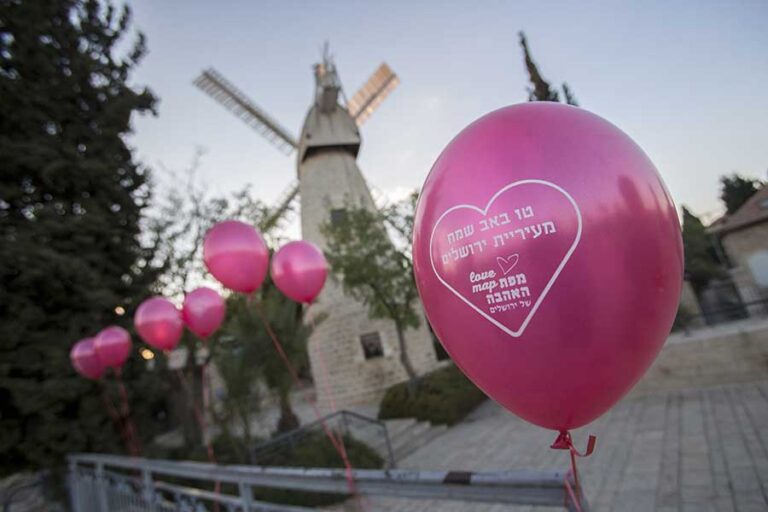er, face to face, but were transmitted through intermediaries. The 15th of Av marked the end of this period of Divine silence, and once again, Hashem communicated directly with Moshe.
Other reasons cited in the Gemara include the fact that the cutting of wood for the Temple altar ceased on this day, as well as the fact that it was the day when the tribes were allowed to intermarry. All of these reasons contribute to the special status of the 15th of Av as a day of rejoicing and celebration.
In conclusion, while Tisha BâAv marks the end of the mourning period for the destruction of the Temple, Tu BâAv is a separate and distinct holiday with its own significance and reasons for celebration. It is a day when various restrictions were lifted, allowing for greater unity and harmony among the tribes of Israel. As we reflect on these teachings, may we be inspired to seek unity and harmony in our own lives and communities, and may we merit to see the ultimate rebuilding of the Temple and the coming of Moshiach speedily in our days. Amen.
Rejoice on the 15th of Av, a day filled with unique significance and joyous celebrations. This special day marks the resumption of Divine communication directly to Moses, as all the men of war had finished dying. It is a day of divine communication and connection.
Another reason for the uniqueness of this day is attributed to King Hoshea b. Elah, who allowed the people of Israel to ascend to Jerusalem for festival pilgrimages. Although he permitted pilgrimages, he also allowed idol worship, showing a level of restraint compared to previous kings.
On this day, permission was granted to bury those killed at Beitar during the Bar Kochba revolt. The town’s inhabitants were slain, and their bodies remained uncorrupted until permission was granted to bury them. The blessing of “Hatov V’hameitiv” was instituted in commemoration of this event.
Furthermore, the 15th of Av marked the end of felling trees for firewood for the altar. The moist wood was deemed unfit for the altar due to the possibility of harboring worms. This day was known as “the day of the breaking of the axe.”
Traditionally, the daughters of Jerusalem would dance in the vineyards on the 15th of Av, wearing borrowed white garments to appear equal in social status. This was a display of modesty and kindness to those of lesser means, where young unmarried men would come to find a match.
From a halachic standpoint, the 15th of Av is a day of joy and celebration. Fasting, eulogies, and the recitation of Tachanun are all prohibited on this day. Even if it falls on Shabbat, certain prayers and memorial services are omitted to maintain the festive atmosphere.
As we celebrate the joyous occasion of Tu B’Av, we look forward to the ultimate redemption and the transformation of days of mourning into days of rejoicing with the coming of Moshiach ben David. May it happen soon and in our days.

